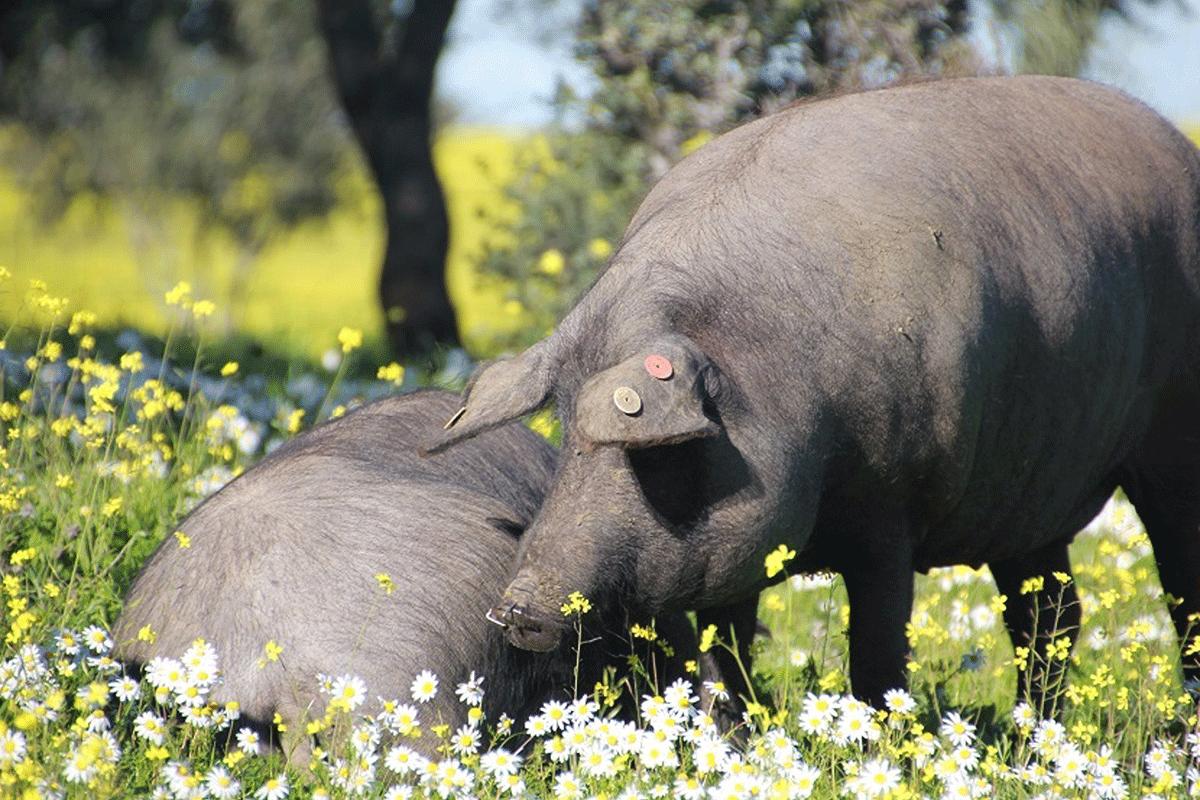The A(H1N2) swine influenza virus circulates in swine populations in many parts of the world. Human infection usually results from direct or indirect contact with pigs or a contaminated environment.
The United States has confirmed to the World Health Organization (WHO) that a case of human infection with a new variant of the Influenza A (H1N2) virus has been detected in Michigan.According to the World Health Organization and the U.S. Centers for Disease Control and Prevention… + read more
Europe sees ‘low risk’ of bird flu spread
The European Center for Disease Prevention and Control (, the European Food Safety Authority and the EU Reference Laboratory) have ensured a “low risk” of bird flu transmission in humans. + read more
The 2022-2023 season flu vaccine is between 27% and 50% effective
The last influenza season marked the return of influenza virus activity in EU/EEA countries to near pre-pandemic levels. + read more
Elevated body temperature boosts resistance to disease-causing viral infection
Researchers at the University of Tokyo in Japan have revealed the relationship between elevated body temperature and increased resistance to viruses. + read more
Balmis Institute stresses importance of influenza vaccination for Andalusian children
The Balmis Vaccine Institute emphasized that the inclusion of the flu vaccine for children aged six months to five years in Andalusia’s vaccination calendar will reduce hospitalizations and infections in the adult population and encouraged other autonomous regions to follow suit. + read more
Molecular tests to monitor the unpredictable spread of SARS-CoV-2 and influenza viruses
ID NOW™ is a flexible test for COVID-19 and/or Influenza (Influenza A and B) with just one swab to provide fast, accurate results within minutes at the point of care. + read more
Vitamin D protects nasal epithelium from infection
A study identifies the cellular mechanism by which vitamin D enhances defense against bacterial and viral microorganisms. + read more

